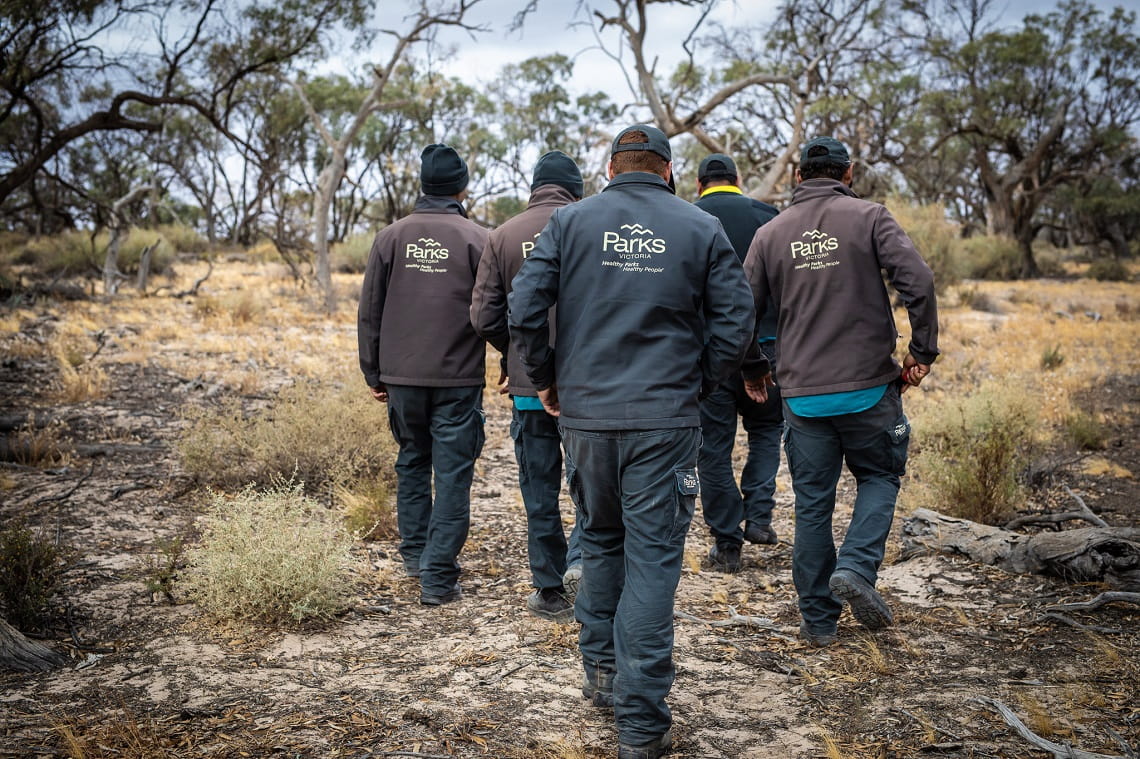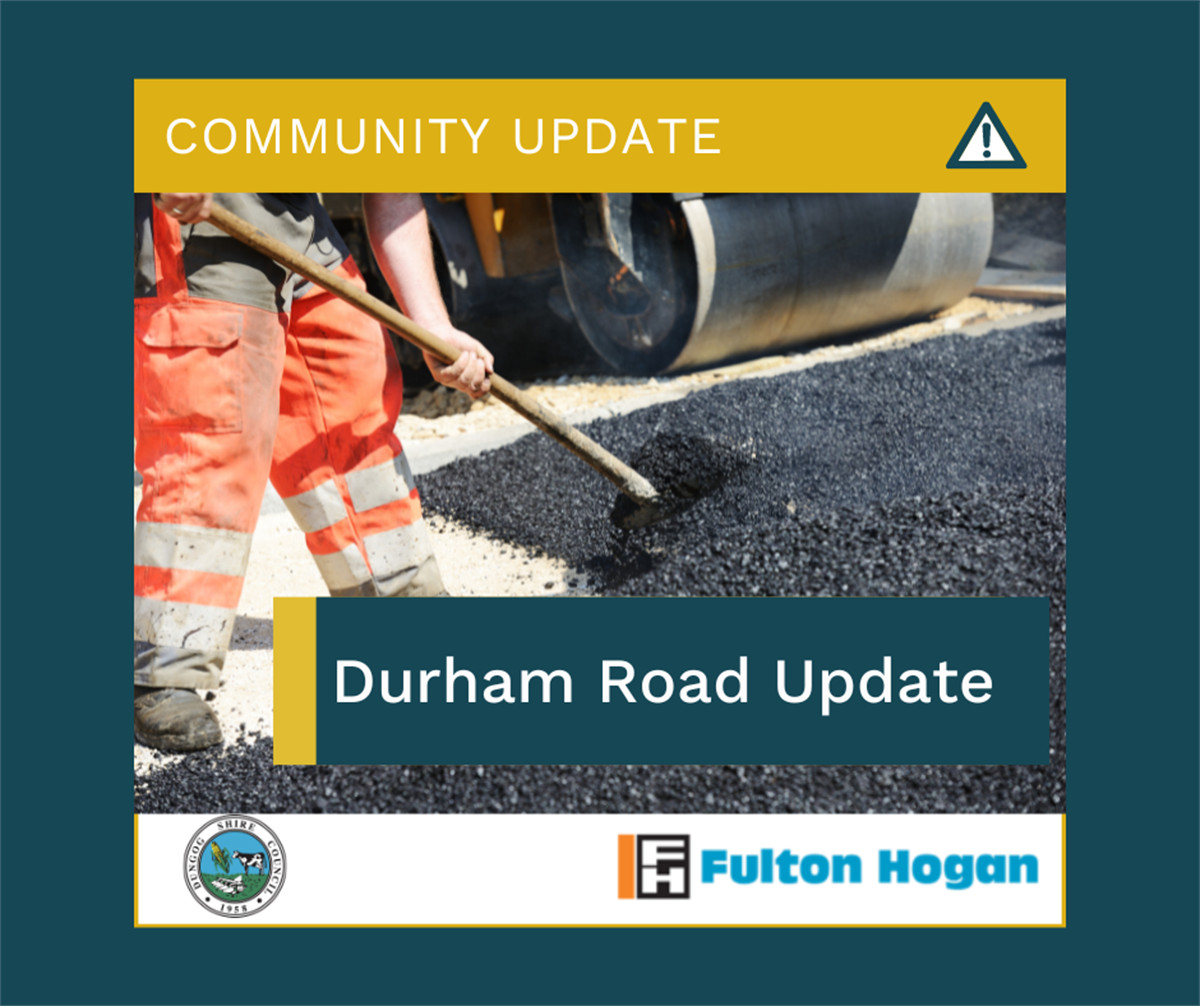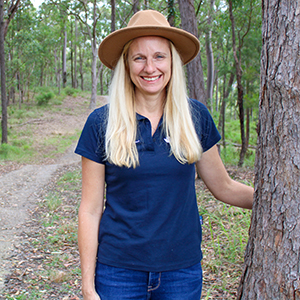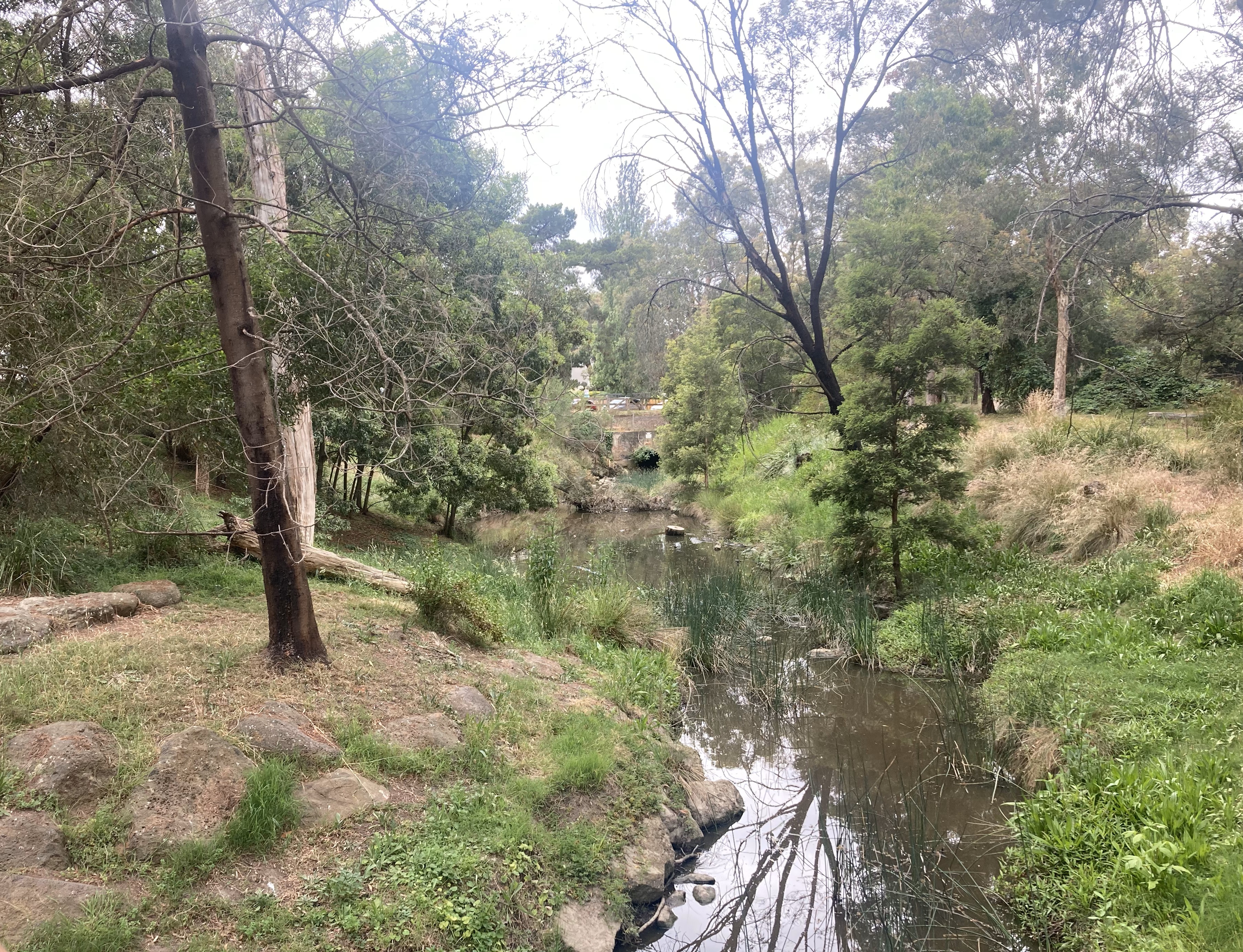Stronger enforcement action on illicit tobacco sale and supply, the introduction of a licencing scheme for the sale of tobacco and e-cigarettes, tougher restrictions on cigarette machines in licenced venues and expanding smoke-free areas are measures being considered as part of Queensland’s smoking law reform.
In an important step to strengthen Queensland’s anti-smoking efforts and coinciding with World No Tobacco Day (31 May), Queenslanders are being invited to provide their feedback on the proposed reforms.
Minister for Health and Ambulance Services Yvette D’Ath said that Queensland had some of the strongest tobacco laws in the world.
“In the past 20 years, we’ve seen the rate of smoking halve in Queensland, but there is more work to be done,” said Minister D’Ath.
“Smoking is the leading preventable cause of death and disease in Queensland, so that’s why the Palaszczuk Government is delivering on our commitment to strengthen our anti-smoking efforts even further.
“We’re listening to small business stakeholders, especially when it comes to stamping out illicit product.
“We want to hear from Queenslanders, including small businesses, and we’ll advance our package of reforms based on the feedback to our Regulatory Impact Statement for introduction into the Queensland Parliament.”
“We would like to see relevant authorities given additional enforcement powers to target the illegal tobacco industry.
“Right now, we know that there are challenges when it comes to coordinating a response to illegal operations across multiple agencies including State and Commonwealth bodies.
“That’s why we’re taking this important step to ensure that illicit operators know that there’s nowhere to hide, and they’ll be caught if they do the wrong thing.
“Ahead of World No Tobacco Day on 31 May, the Palaszczuk Government is delivering on its election commitment to take strong action on smoking in Queensland.”
Importantly, the measures include further steps to reduce the chances of young adults taking up smoking or vaping. The reforms target all smoking products including e-cigarettes.
Key proposals include:
- creating a licensing scheme for smoking product retailers and wholesalers
- prohibiting retail workers aged under 18 from selling smoking products
- allowing health authorities to take direct action on illicit tobacco in partnership with other government agencies, and
- moving cigarette vending machines to behind the counter at pubs and clubs.
The reforms also propose banning smoking in carparks provided for school community use, at outdoor markets and under-18 organised recreational events.
They would also prohibit children from entering designated outdoor smoking areas (DOSAs) at licensed venues and prevent people from drinking in DOSAs.
More on “Reducing Smoking in Queensland” can be viewed at https://www.getinvolved.qld.gov.au/gi/consultation/8900/view.html
The full “Reducing the negative effects of smoking in Queensland” regulatory impact statement can be viewed at https://www.health.qld.gov.au/__data/assets/pdf_file/0023/1156460/consultation-regulatory-impact-statement.pdf
Key smoking facts
- Smoking accounted for 66,400 hospitalisations and about 12 per cent of all deaths (4,000 deaths) in Queensland in 2015-16.
- Smoking-related illness causes half of all deaths of Aboriginal and Torres Strait Islander people aged over 45 and a third of deaths in this population in total.
- Since 2002, the proportion of Queensland adults smoking daily has almost halved. In 2020, 10 per cent of adults said they smoked daily, a decrease from 11 per cent in 2018.
- 5.5 per cent of adult Queenslanders were current, but not daily smokers, 27 per cent were former smokers and 57 per cent had never smoked.
- The smoking rate for people aged 12-17 years is 6.9%.
- 16% of Queensland secondary school students reported that they had used e-cigarettes.
- The cost to the Queensland community is estimated at $27 billion a year. This estimate includes tangible costs such as premature death, hospitalisations and other medical and social costs, and intangible costs such as value of life lost, pain and suffering.








